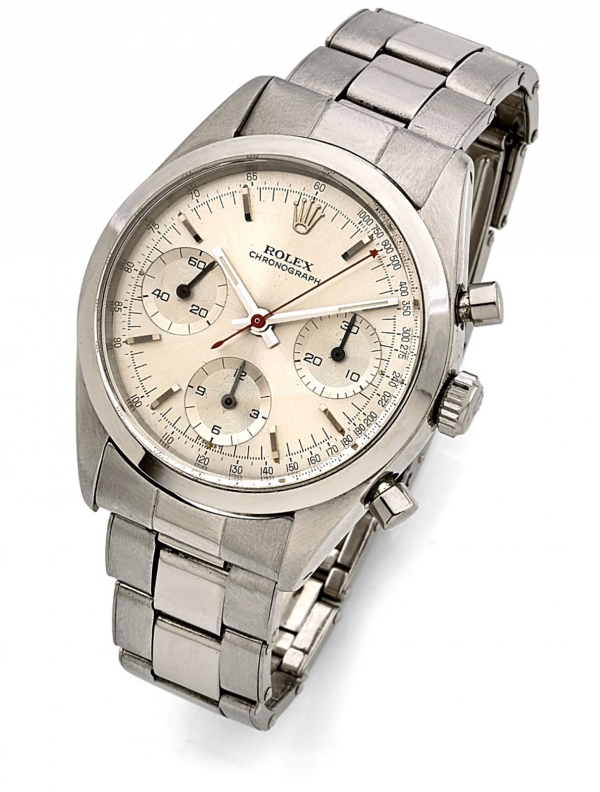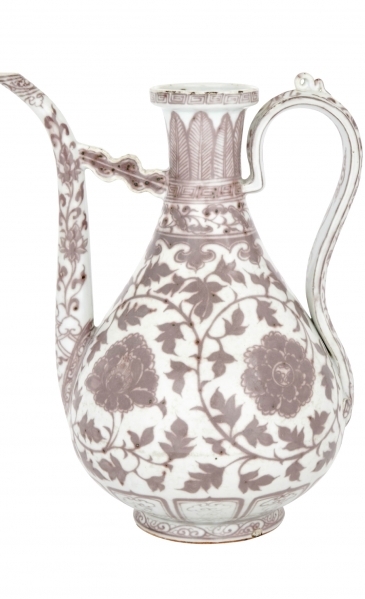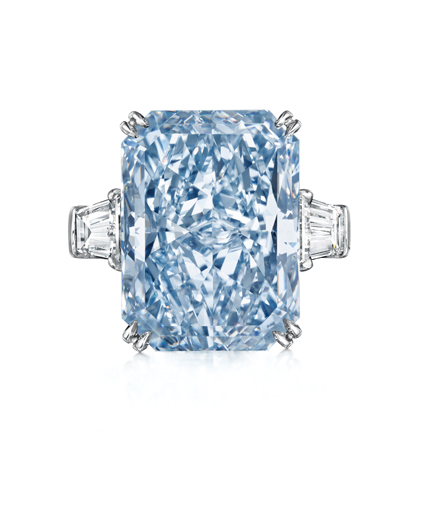
Although the stock of smoking has fallen notably over the last 20 years – even in China, one of the tobacco industry’s last, best hopes of turning a profit – the humble (and not so humble) lighter has retained a sort of éclat. As with the wristwatch – an accessory rendered all but redundant by smartphone timekeeping – the lighter has found a second life as an embodiment of couture and elegance. It is, however, a function that would have baffled our forebears.
Whenever our ancestors were in desperate need of their tobacco fix, it is thought that they had to resort to crudely converted flintlock pistols in order to ignite their fag of choice. While, no doubt, such contrivances accounted for a fair number of casualties over the years, the earliest dedicated lighters were almost as dangerous.
One of the very first examples of just such a contraption was Döbereiner’s Lamp. Invented in 1823 by Johann Wolfgang Döbereiner, a German chemist, the mechanism of this particular lighter passed a frightening blast of highly flammable hydrogen gas over a platinum metal catalyst, causing it to ignite in a sudden blaze of heat and light. In the absence of health and safety measures at the time, it’s fair to say that this device was highly dangerous. By the end of the 19th century, it was no longer in production. Possibly because of the unconscionably high level of fatalities among its user base.
It was the introduction of inexpensive, man-made Ferrocerium as a relatively cheap flight that sparked the growth of the lighter industry. The substance was patented by Carl Auer von Welsbach, an Austrian scientists and inventor, in 1903. A small scratch of his metallic material produced a large spark, an innovation that was to light the fuel of billions of lighters in the years to come.
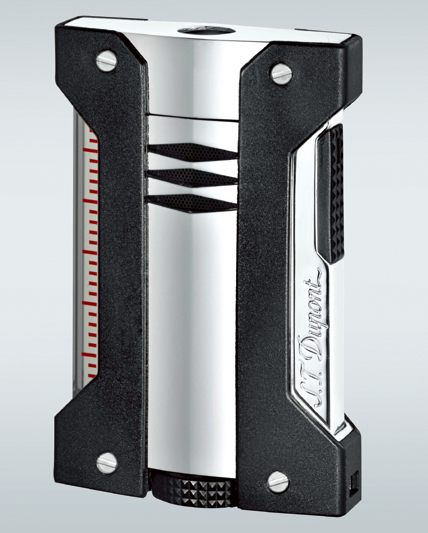
It was thanks to his discovery that a number of companies – most notably Ronson – were able to develop practical and easy-to-use lighters. The fuel for all of these was Naptha, a liquid similar to gasoline. Typically, this was absorbed into fibre packing to prevent leakage and then fed up to the flint via a saturated cloth wick.
Most famously, this basic mechanism was adopted by Zippo, the American company now pretty much synonymous with lighters. For its part, Zippo added a chunky lid and wind-proof ‘chimney’, creating one of the most iconic items of Americana of all time.
Zippo’s standard issue, robust brass casing made it almost part of the standard kit for GI’s during World War II. Its famous, compact design has changed little over the years, though the real stroke of genius came courtesy of each unit’s wide flat surfaces. These provided the perfect blank canvas for owners to express their own personality.
Since Zippo was launched in 1932, thousands of different styles have been produced and hundreds of millions of units have been sold. One custom-engraved version – Sexy Tattoo Girl – is a fine example of how a Zippo lighter can perfectly balance the old and the new. This particular rendering came courtesy of Blittz, a Dutch specialist Zippo-engraving business. Its simple brushed chrome outer casing frames a full colour image of the kind of girl you might not take home to mother, but who would certainly guarantee you a memorable night in. A wonderfully risqué and highly affordable example of modern pop art at its best.
The next step in the lighter’s evolution came in 1924 when Alfred Dunhill introduced the first lighter that could be struck with just one hand. This allowed every wannabe – and bona fide – celebrity add their own individual flair to lighting up. Elvis Presley, Coco Chanel, Frank Sinatra and Noel Coward are just a few of those who managed to create their own signature style of smoking, sparking new trends amongst their fans with just a flick of the wrist.
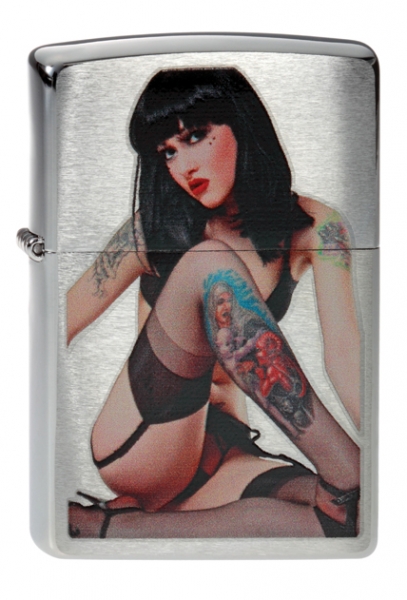
The Dunhill brand went on to become a design icon, not least because of its long association with the screen incarnation of 007, arguably the world’s most stylish smoker. High-end luxury lighters, courtesy of a number of famous design houses, have since become essential accessory for the rich and famous, flaunted just as ostensibly as a pearl necklace or a diamond ring.
Arguably the most iconic lighter of them all is Dunhill’s Rollagas. Developed in the mid-1950s, it was one of the first generation of butane gas lighters. This new technology replaced the fuss and heavy petroleum smell associated with Naptha with a clear, controllable and windproof, bright flame.
Within the industry, the Rollagas is still regarded as the absolute standard for quality and the best lighter made by any manufacturer ever. Its design has since been borrowed by almost every lighter manufacturer, none of which managed to hold a flame to the original Dunhill concept.
Gold-plated Rollagas lighters have become an almost ubiquitous statement of style in the luxury goods market, to the point of seeming, perhaps, a little passé. So why not opt for something a little less ostentatious? A vintage silver-plated Rollagas for instances.
This is distinguished by a delicate chevron pattern and, not only will it take good care of your finest cigar, it will probably also exceed your lungs in terms of durability. Many such lighters are now up for sale at auction houses and on eBay, typically going for around US$600.
Of course, that may seem a lot when you can pick up a lighter for less than a dollar at any corner shop. Cheap, disposable, plastic lighters, however, are not only bad for the environment, they also have no place in the hand of a true gentleman. When leaning forward to offer a lady a light, the just the right lighter is essential when it comes to adding that finishing flash of style.

Whether platinum, gold, silver, encrusted with diamonds or other rare stones, a statement lighter is the perfect accessory for the successful man, with many of the rarer examples having gone on to become collector’s items. Their value is determined by their material, age, rarity and social/celebrity standing of their prior owner.
Among the most valued example are those that come courtesy of the House of Fabergé. Founded in St Petersburg by Gustav Fabergé in 1842, it is still best-known for producing mouth-wateringly expensive, jewel-encrusted eggs for the Russian nobility. It was no surprise then when its later foray into the world of lighters resulted in some of the world’s most coveted and expensive examples.
The marque’s Yellow Enamel Lighter is seen by many as the ultimate icon of opulence and power, a veritable Molotov Cocktail of class. Handcrafted at some point between 1908 and 1917 and stamped with the mark of Workmaster Vladimir Soloviev, its wavy hairline design shimmers in the light, largely thanks to a myriad of tiny reflective yellow sparkles.
Despite all of this decadence, this extremely rare vintage Russian lighter also embodies perfect simplicity. Rectangular-shaped with rounded corners, the design is topped by a spring-hinged lid that shuts with a cosseting click. Sold by Sotheby’s in 2011 for US$65,650, this little lighter is bold enough to transform any owner into a true Tobacco Tsar.
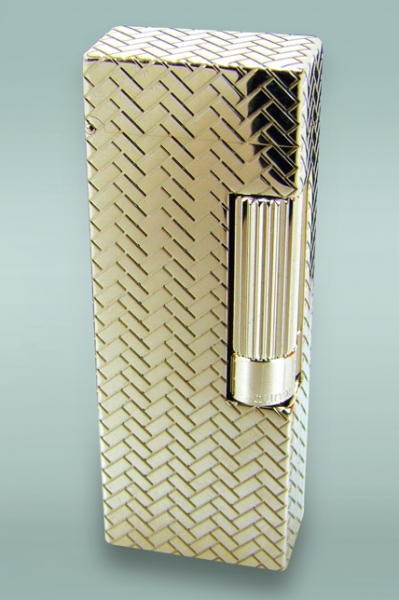
Producing just one such luxury lighter requires an average of 70 components, 600 operations, 300 tests and more than 100 hours of labour. The huge level of investment requirement has seen many once-famous manufacturers sadly fade into history. This, though, makes examples of their work even more rare and collectable.
One such vanished manufacturer is the Evans Case Company of America. The business specialised in cigarette lighters and lady’s accessories and produced many beautiful lighters from 1928 until the company closed its doors in 1960. While its Glass Enamel Lighter range was not made from the most precious raw materials, they remain amongst the most intricate and beautiful lighters ever produced. Today, early examples in good condition are very hard to come by.
The company’s characteristic Liftarm design was used to fuel their very first range of lighters, with the blue and white version being particularly exquisite. While its silver case, complete with delicate glass enameling, might have been designed for ladies, its ornate decoration has transcended time and gender. Today, it’s the perfect accessory for any modern gentleman who favours the art of sophisticated smoking.
More recently, the luxury lighter market has come to be dominated by S.T. Dupont, with the company now offering a wide variety of models. For those of who simply have to spark up, even in a lightning storm, for example, there’s the company’s simply thunderous Defi Extreme series.
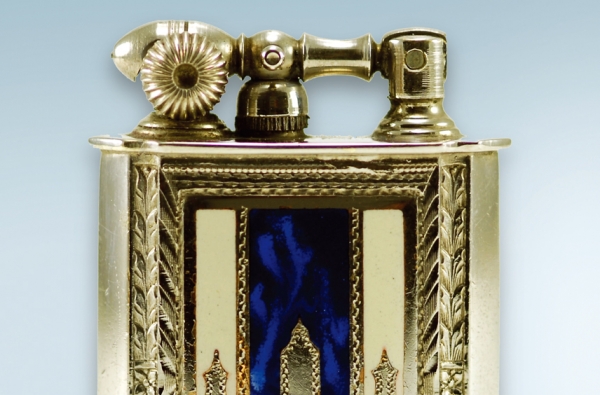
The lighter’s innovative and unique construction comprises a body with a high-precision, injected-metal, semi-rigid matt black jacket for all-round protection in the harshest of conditions. Although built like a tank, the Defi Extreme is extremely light. It has been ergonomically-designed to sit comfortably in the palm, ensuring you won’t lose your grip.
The lighter will operate in temperatures from -10°C to +45°C. Even at 3500m, where oxygen becomes scarce, it powerful blue flame can resist the most violent winds. That’s more than can be said of any rain-soaked Zhonghua, but you might just manage a couple of drags before the storm snatches away your ciggie.
Nowadays, though, lighters are not just about facilitating smoking.
The Quitbit, for instance, is a smart lighter designed to help you give up your nicotine kick for good and all.
Its powerful heating coil provides the light, whilst a visual display records your smoking frequency. When paired wirelessly with an Android or iOS app, it allows smokers to monitor and, ultimately, gradually reduce their cigarette usage by setting custom goals and measuring progress. The app allows users to clearly visualize their smoking patterns and even shows them just how much cash they’ve saved each month as a result of smoking less.
In order to ensure accuracy, the app doesn’t log multiple lights within a few minutes of each other and users can manually edit the logged data in case they let someone else use their lighter. A nice touch is the app’s ‘find my iPhone’ style tracking device that helps you track down any mislaid lighter.
The Quitbit’s battery lasts approximately one week – or around 100 lights -and requires two hours to recharge. The Quitbit is available directly from the company’s website for $129 and has been approved by the Transportation Security Administration, meaning it can be carried onto a plane and making it the first genuinely go-everywhere lighter.




